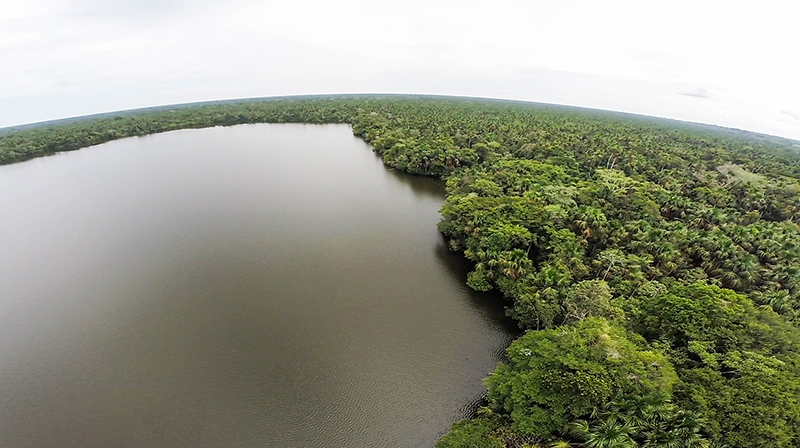SOURCE: Purdue University
DATE: November 19, 2018
SNIP: Ecosystems that host a carbon-dioxide rich type of soil called peat, known as peatlands, are the most efficient natural carbon sink on the planet. When undisturbed, they store more carbon dioxide than all other vegetation types on Earth combined. But when they’re drained and deforested, they can release nearly 6 percent of global carbon dioxide emissions each year. Climate researchers are worried that many of the peatlands soaking up carbon now will soon be doing the opposite.
According to an earth systems model spanning from 12,000 years ago to 2100 AD, peatlands in the Peruvian Amazon could lose up to 500 million tons of carbon by the end of this century. That’s about 5 percent of current global annual fossil fuel carbon emissions, or 10 percent of U.S. emissions, being spit back out into the atmosphere.
By most estimates, South America will become both warmer and wetter by the end of the century. The research shows that higher temperatures lead to more peat carbon loss, while increased precipitation slightly enhances the build-up of peat carbon over long timescales. Together, this is likely to increase carbon loss from peatlands to the atmosphere.
“If the area we looked at could represent the whole Amazonia or tropical peatlands, the loss of peat carbon to the atmosphere under future climate scenarios should be of great concern to our society,” Qianlai Zhuang, a professor of earth, atmospheric and planetary sciences at Purdue University said. “Agricultural intensification and increasing land-use disturbances, such as forest fires, threaten the persistence of peat carbon stocks. These peatland ecosystems may turn into carbon sources instead of sinks unless necessary actions are taken.”

